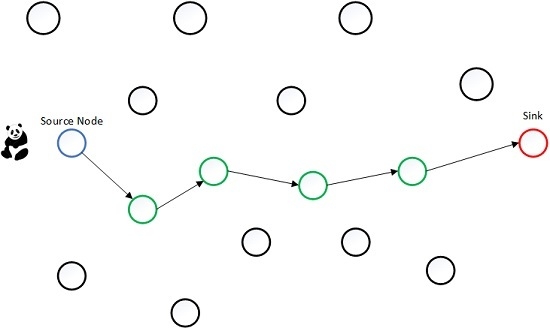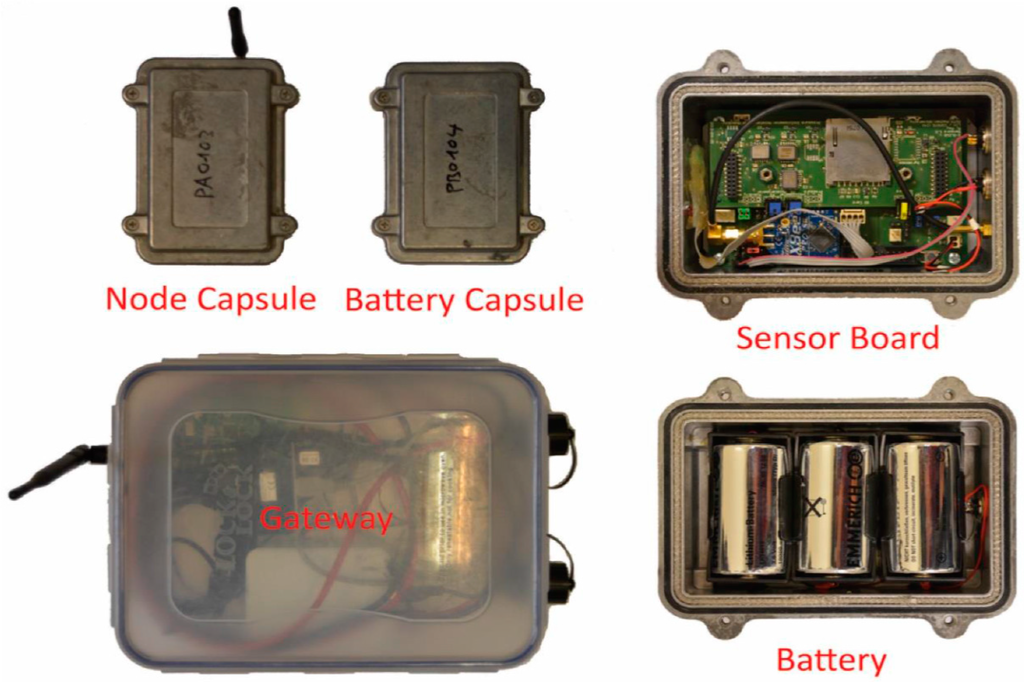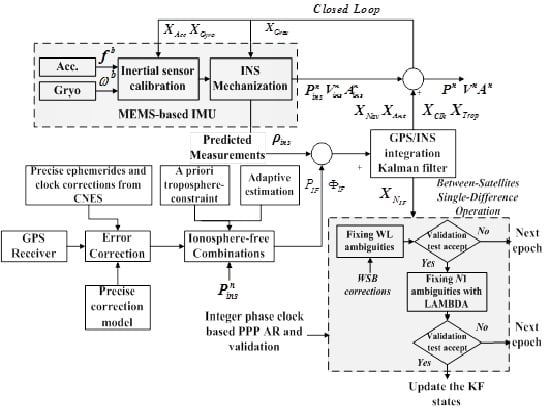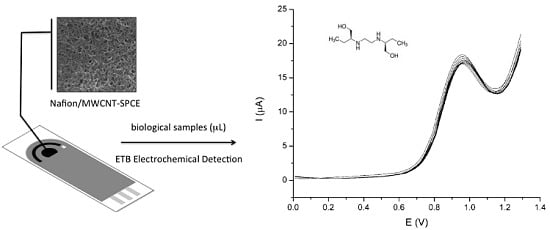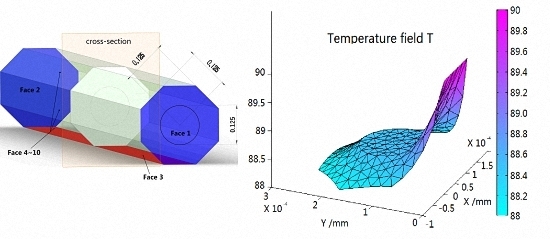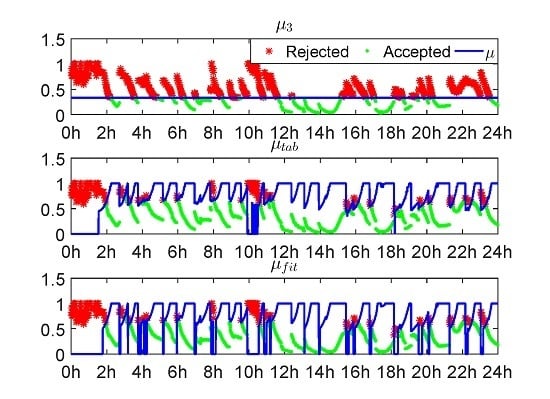Sensors 2016, 16(7), 957; https://doi.org/10.3390/s16070957 - 27 Jun 2016
Cited by 23 | Viewed by 5085
Abstract
Wireless sensor networks (WSN) are deployed for many applications such as tracking and monitoring of endangered species, military applications, etc. which require anonymity of the origin, known as Source Location Privacy (SLP). The aim in SLP is to prevent unauthorized observers from tracing
[...] Read more.
Wireless sensor networks (WSN) are deployed for many applications such as tracking and monitoring of endangered species, military applications, etc. which require anonymity of the origin, known as Source Location Privacy (SLP). The aim in SLP is to prevent unauthorized observers from tracing the source of a real event by analyzing the traffic in the network. Previous approaches to SLP such as Fortified Anonymous Communication Protocol (FACP) employ transmission of real or fake packets in every time slot, which is inefficient. To overcome this shortcoming, we developed three different techniques presented in this paper. Dummy Uniform Distribution (DUD), Dummy Adaptive Distribution (DAD) and Controlled Dummy Adaptive Distribution (CAD) were developed to overcome the anonymity problem against a global adversary (which has the capability of analyzing and monitoring the entire network). Most of the current techniques try to prevent the adversary from perceiving the location and time of the real event whereas our proposed techniques confuse the adversary about the existence of the real event by introducing low rate fake messages, which subsequently lead to location and time privacy. Simulation results demonstrate that the proposed techniques provide reasonable delivery ratio, delay, and overhead of a real event's packets while keeping a high level of anonymity. Three different analysis models are conducted to verify the performance of our techniques. A visualization of the simulation data is performed to confirm anonymity. Further, neural network models are developed to ensure that the introduced techniques preserve SLP. Finally, a steganography model based on probability is implemented to prove the anonymity of the techniques.
Full article
(This article belongs to the Section Sensor Networks)
►
Show Figures
